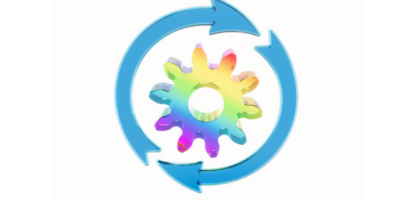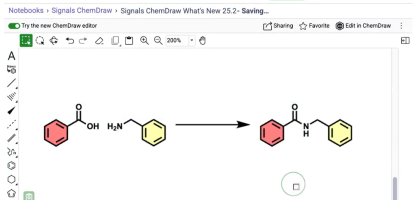Leading the Future of Scientific Innovation
Event Recap : Revvity Signals NEXUS Europe 2025
August 5, 2025 Read Blog
Mary Donlan, Ph.D.
Executive Director, Product Marketing
Event Recap : Revvity Signals NEXUS Europe 2025
August 5, 2025 Read Blog
Executive Director, Product Marketing

Signals One unifies and structures data to be AI-ready. Our automation allows AI and machine-learning tools analyze data so that scientists can focus on innovation.

Artificial intelligence (AI) and machine learning (ML) are revolutionizing the cybersecurity space. Learn how Revvity Signals uses AI and other techniques to protect data.

Signals One™ has RNA specific tools for leading biopharmaceutical companies to make data-driven decisions. Learn how we meet chemists and RNA biologists needs.

Real-time visual analytics empowers clinical data managers to improve data quality, reduce cycle times, and ensure regulatory compliance. See how Signals Clinical can help.

Drug discovery is drowning in data, but not in insights. At the recent Proventa Medicinal Chemistry Roundtable, industry leaders agreed that the real bottleneck isn’t a lack of technology: it’s fragmented, poorly integrated data. Without clean, contextualized, and interoperable datasets, even the most advanced tools, including AI, cannot deliver their full potential.

At Revvity Signals, we integrate company security policies like HR security training, incident response and threat management, and contract a third party forensic company on retainer. These company security policies go hand in hand with the security tools suite to create a comprehensive secured company infrastructure and policies.

Intelligence in Action: The Real-World Science of AI with Revvity Signals

Streamlining clinical data review with real-time analytics and traceable, AI-powered decisions.

Streamlining clinical data review with real-time analytics and traceable, AI-powered decisions.

The future of innovation relies on end-to-end scientific workflows. Learn more about the first unified, cloud-native SaaS solution for R&D and beyond.

ChemDraw and Signals ChemDraw have new features for learning and drawing chemical structures. Learn how to use ChemDraw and Signals ChemDraw as a chemistry student.

ChemDraw has evolved, facilitating continued innovations in chemistry.

CRO's are set to play a central role in driving Pharmaceutical R&D.

Successful management of enterprise software requests requires clear processes and effective communication. Learn how collaboration with Revvity Signals can meet ELN needs.

Embedded AI technologies are reshaping how scientists approach challenges in pharmaceuticals, biotechnology, and materials science. Read how embedded AI is transforming science.